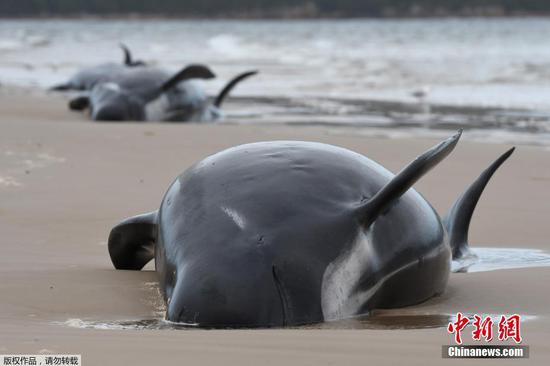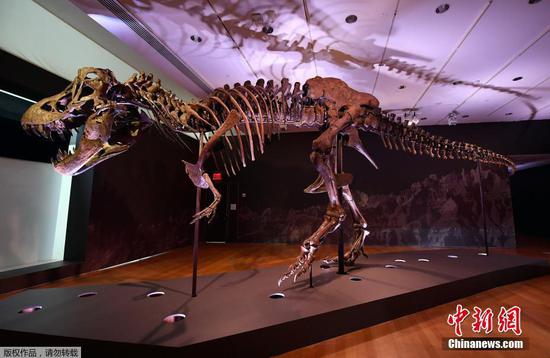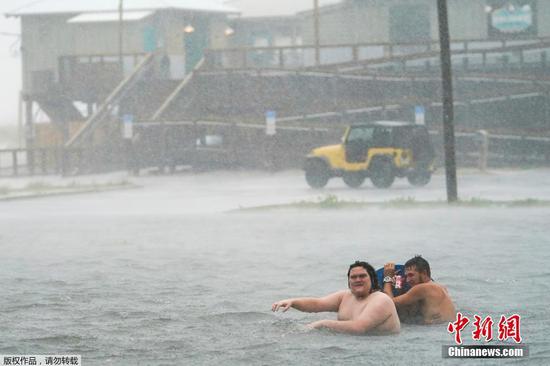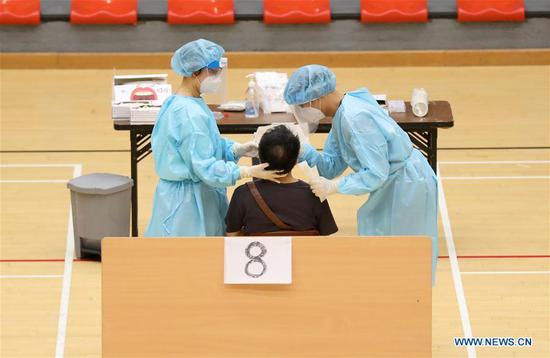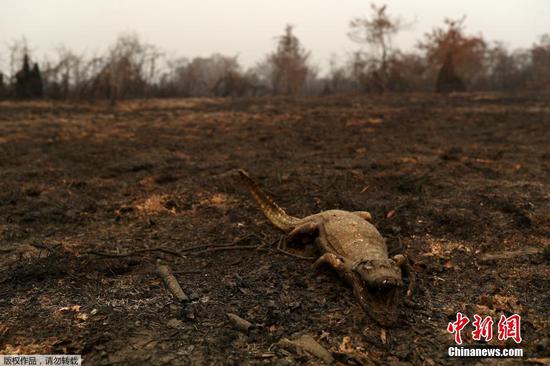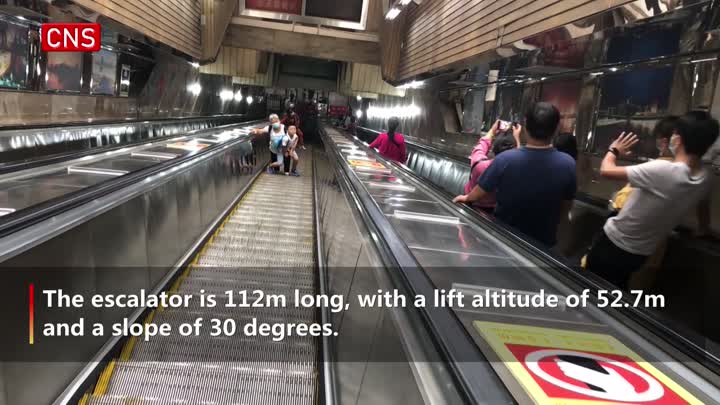A second wave of COVID-19 infections in the fall and winter and the lack of further fiscal aid could make the U.S. economic recovery more gradual than hoped, a senior Federal Reserve official said Wednesday.
"Recent economic data have been encouraging, but I believe the most difficult part of the recovery is still ahead of us," Eric Rosengren, president of the Federal Reserve Bank of Boston, said in prepared remarks to the Boston Economic Club.
"The biggest challenge to the economy, and the risk to a more optimistic forecast, continues to be our inability in the United States to achieve the public health progress on the virus seen in many other developed countries," he said.
Rosengren said he was concerned that a second wave of COVID-19 infections is likely to come in the fall and winter, which could cause some states to impose new restrictions on mobility and face-to-face interactions.
"Even without added restrictions, the added risk of infection from a second wave could sap some of the willingness of consumers and businesses to spend and invest," he said, adding financial spillovers from businesses impacted by the virus will also become a "more significant headwind" going forward.
"I am especially worried about a 'second shoe dropping' that will particularly affect small and medium-sized banks, which provide a large share of commercial real estate loans and small business loans," he said.
While additional fiscal aid is probably the more effective tool to support the economic recovery at this time, it seems "increasingly unlikely" to materialize anytime soon, Rosengren noted.
"The occurrence of a second wave could result in more fiscal actions, but their impact on the economy would probably not be realized until early next year," he said.
"A full recovery probably requires the availability of vaccines and more effective treatments for the virus because until then, many businesses and households are unlikely to return to more normal spending habits," said the Fed official.
The Fed last week kept its benchmark interest rate unchanged at the record-low level of near zero, noting that the path of the economy will depend significantly on the course of the coronavirus.
The median forecast of Fed officials released last week showed that the U.S. unemployment rate would fall to 7.6 percent by the end of this year, and to 5.5 percent at the end of 2021, along with a gradual return of inflation to 2 percent.
"While I expect the economy to recover in time, my own expectation is that it will be more gradual than the median forecast of FOMC participants," Rosengren said, referring to the Fed's policy setting body Federal Open Market Committee.
"My forecast reflects my concern that workers displaced by the pandemic may find it difficult to quickly transition to new jobs, with more furloughs turning into permanent layoffs as many businesses remain troubled," he said.













